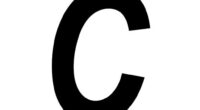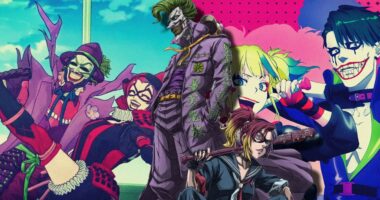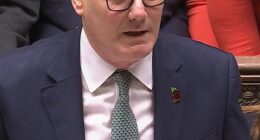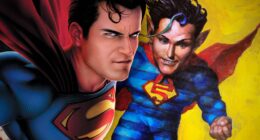The Big Picture
-
Who Framed Roger Rabbit
revolutionized animation with its live action/animation hybrid and set the standard for films like
Space Jam
. - The film took almost a decade to develop and heavily deviated from its source material, leading to a successful and iconic movie.
- Partnering with Spielberg and Zemeckis was crucial, as they transformed the script, added Judge Doom, and made the film a massive hit.
When Who Framed Roger Rabbit was released during the summer of 1988, it revolutionized the movie industry in so many different ways. Not only is it credited with revitalizing the then struggling Walt Disney Animation Studios, essentially giving the Mouse House the courage to pursue what would become known as their most lucrative age at the time, it became the gold standard for live action/animation hybrid films. It didn’t hurt that the movie was also a huge financial hit, making $329,803,958 against its budget of $70,000,000, according to Box Office Mojo.
However, Who Framed Roger Rabbit had a long road to the big screen, with development on the film starting nearly a decade before its release. The project first came about when Disney purchased the rights to a particularly quirky novel called Who Censored Roger Rabbit. Executives were very aware that the book’s title was not the only thing in need of reworking, as the book was filled with violence, convoluted plotting, and sexual innuendo enough to make Baby Herman (Lou Hirsch) blush. The project spent years in development limbo with various creatives trying to crack the story. Finally, an unpredictable solution came about by way of a partnership with a filmmaking giant and the addition of a decade’s old conspiracy theory.
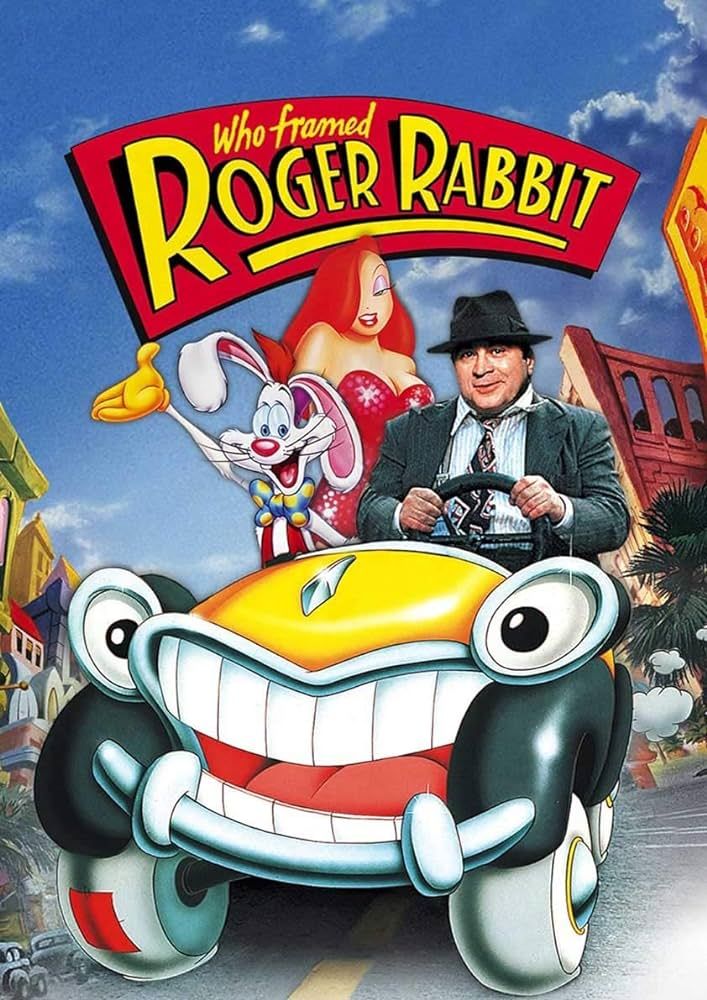
Who Framed Roger Rabbit
When a cartoon rabbit is accused of murder, he enlists the help of a burnt out private investigator to prove his innocence.
- Release Date
- June 21, 1988
- Director
- Robert Zemeckis
- Runtime
- 103
‘Who Framed Roger Rabbit’ Changed Most of its Source Material
The success of Who Framed Roger Rabbit cannot be understated. Not only was it a hit for its production companies, Touchstone Pictures (Disney) and Amblin Entertainment, but it set a new precedence for live-action/animated films, ultimately paving the way for classics like Space Jam (and the criminally underrated Looney Toons: Back in Action). However, Disney wasn’t always so sure the film would hit. When Disney acquired the novel rights to Who Censored Roger Rabbit by Gary K. Wolf in 1981, they knew it’d need some serious changes. In fact, the finished film barely resembles the novel upon which it was based.
In Wolf’s novel, Roger Rabbit is not a cartoon, but a second-rate comic strip character. He and his co-star, Baby Herman, are featured in a syndicate released by the DeGreasy brothers, Dominic and Rocco. After striking a deal with the brothers to star in his own strip, the DeGreasy brothers back out of it causing Roger to hire Private Investigator Eddie Valiant (played by Bob Hoskins in the film) to look into the shady dealings. Soon after, Roger is discovered to have been murdered. Already far removed from the classic film so beloved it once inspired JJ Abrams and Steven Spielberg to meet about a sequel, the book only gets darker and stranger from there. Lucky for Eddie, comic characters can produce duplicates of themselves, called doppelgängers and Roger happened to have created one. Eddie teams up with Roger’s doppelgänger to solve the murder with a list of suspects including Baby Herman, his photographer, Carol Masters, and his estranged wife, Jessica Rabbit.
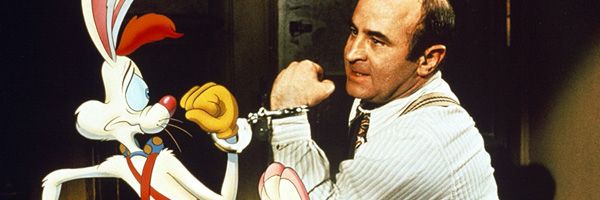
Why It’s a Miracle That ‘Who Framed Roger Rabbit’ Is on Disney+
There was some serious drama between Disney and Steven Spielberg.
Like most elements that would go on to be adapted for the film, Jessica is also far different in the novel. She’s unhappy in her marriage to Roger and is having an affair with Rocco DeGreasy. This leads to Rocco being murdered, with witnesses claiming that they saw Roger’s doppelgänger fleeing the scene. After a series of events filled with violence, innuendo, and a magical genie that Roger had possession of in life, it turns out that the original Roger murdered DeGreasy in a fit of jealousy and anger, and had planned to frame Eddie Valiant. Roger had created his doppelgänger as an alibi and snuck into Eddie’s office to plant the murder weapon used on DeGreasy. Unfortunately, Roger accidentally summoned his genie, who killed the rabbit. The doppelgänger confesses to the crime and Eddie disposes of the genie. Doppelgängers only have a short life span in the book’s world, and, as the life of Roger’s comes to an end, he thanks Eddie for helping clear his name.
It Took Years to Get ‘Roger Rabbit’s Script Right
After purchasing the rights to the novel, it was obvious that Disney’s take on Roger Rabbit needed to deviate greatly from its source material. Though the film was released under Disney’s Touchstone Pictures branch, several elements in the novel were deemed “too family unfriendly.” The studio began working on animation tests between 1981 and 1983 with positive results, while Jeffrey Price and Peter Seaman developed the script development in 1983. However, this was no easy task, and Disney was unhappy with the story. The project was shelved until 1985, when then-Disney-CEO, Michael Eisner partnered with Steven Spielberg and Amblin Entertainment. Spielberg and his production partner, Robert Zemeckis, convinced other studios to lend some of their characters to create an animated universe that would make even the greatest Avengers films feel small.
Price and Seamen returned to work on the script and added the villain, Judge Doom (Christopher Lloyd), and a real-life conspiracy as his motive. Inspired by the alleged Los Angeles Red Car conspiracy, Judge Doom’s inclusion gave the story a more definitive villain than the book possessed, and created one of Christopher Lloyd’s most iconic characters. The changes worked, as the film became one of the year’s biggest hits. Talks of a sequel were almost immediate, though it never came to fruition. Wolf was also a fan of the film, as he claimed in a Reddit AMA, and even revisited the story in his semi-sequel novel. In Who P-P-P-Plugged Roger Rabbit the story retcons much of the previous book and ties more to the film.
Who Framed Roger Rabbit is an innovative and endearing film that inspires other films of the same nature to this date. Adapting the novel, however, was no small task, as the book was too adult and over the top. However, years of work led to a successfully grounded and magical product that re-inspired the man who created it.
Who Framed Roger Rabbit is available to stream on Disney+ in the U.S.
Watch on Disney+

